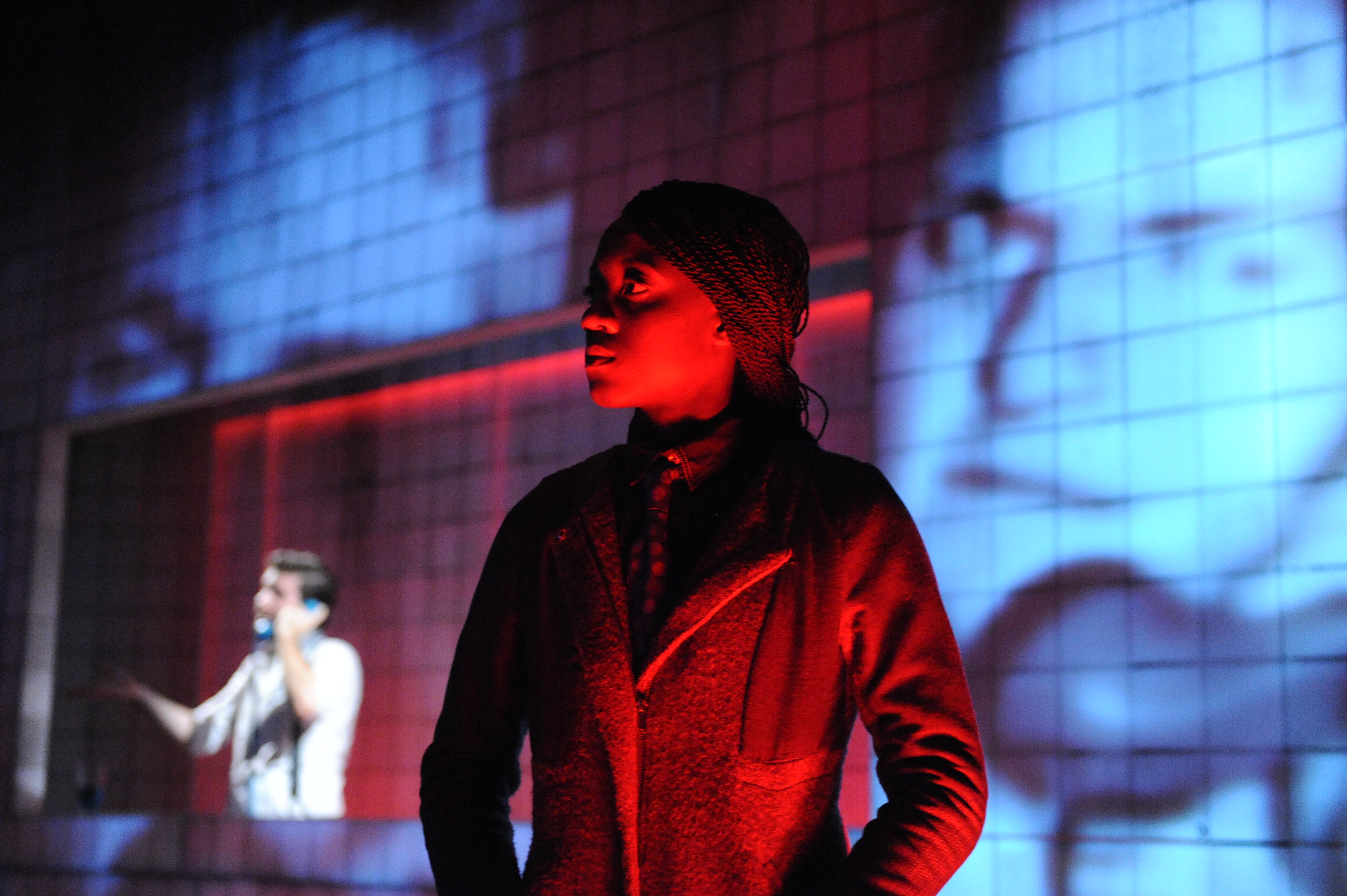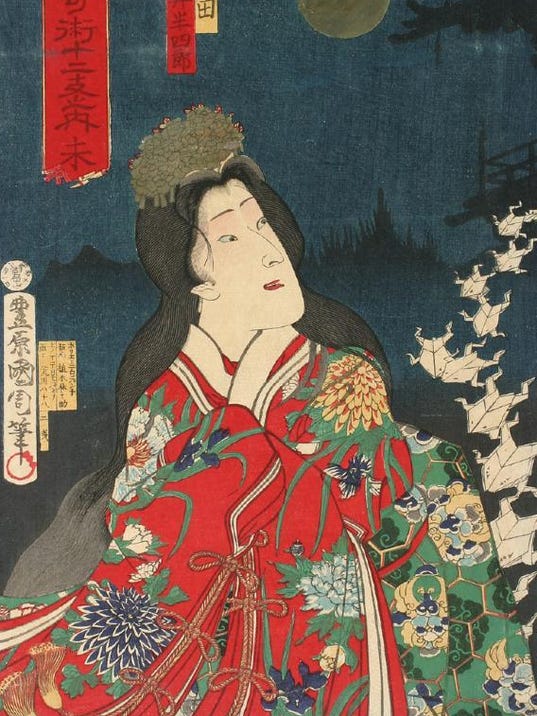For people of different ethnicities born in America, it can be difficult to embrace a culture that seems so distant and detached. Through a mix of traditional and modern Vietnamese dances at VSA’s sold-out cultural show, DVN, we followed the journey of Anna as she was immersed into a culture she struggled to identify with.
Traditional dance props included umbrellas, Northern hats, ribbons, lanterns, and fans, twirled and spun and thrown in ways that highlighted the beauty of a proud past unforgotten. This culture embraces these meaningful traditions, and that respect is translated through dances centered around these objects that hold significant history. Whether elegantly simple like the NQT dance or with fast-paced flairs like the Fan dance, and or a mishmash of everything like the Traditional Medley, the traditional dances gave Anna a firm grasp and better understanding of her family’s culture.
The modern hip hop dances reflected the changing of culture, a culture with its roots in the past but includes the times of the present. These dances definitely got the loudest cheers from the audience with their impressive moves. Their use of American and Vietnamese songs point to the mixing of American culture with others, especially found in the new generations born here; nonetheless, the power of these dances proves the ability for different cultures to adapt to new influences while retaining their originality.
With the interspersed schedule of traditional and modern dances, the energy never died down throughout the show. Also included was a fashion show displaying various Vietnamese traditional garments and a guest performance by Izzat that further promoted culture. The colorful light work added an extra level of spice and excitement. The emcee dialogue was cringeworthy and the jokes were dry, but most shows are like that. Anna’s journey set up the next dances nicely, moved the storyline along, and united the dances under a common theme — just like culture does.
The hard work of all the dancers, choreographers, behind-the-scenes workers, and especially the DVN board paid off last night as Anna successfully found her light by the end. The DVN show showed that “the culture is with you wherever you go” through the art of dance.




















